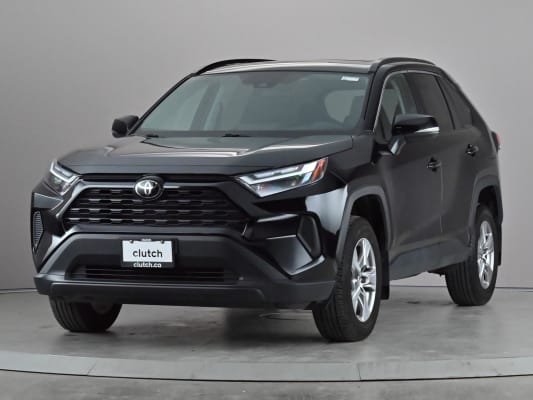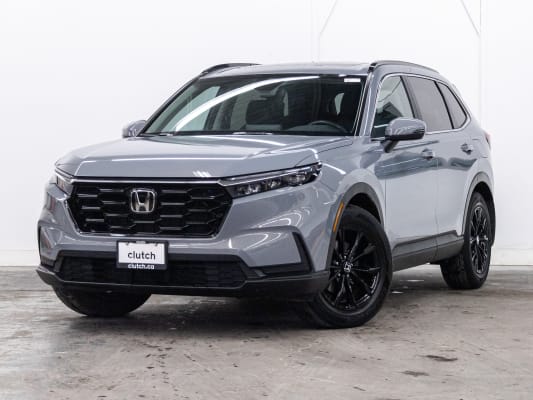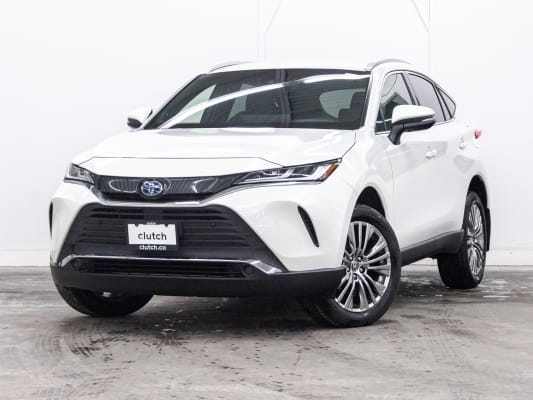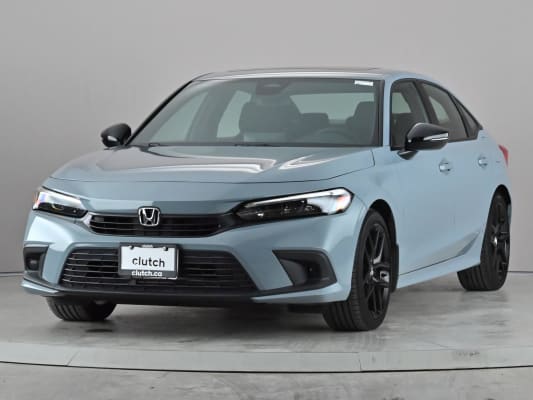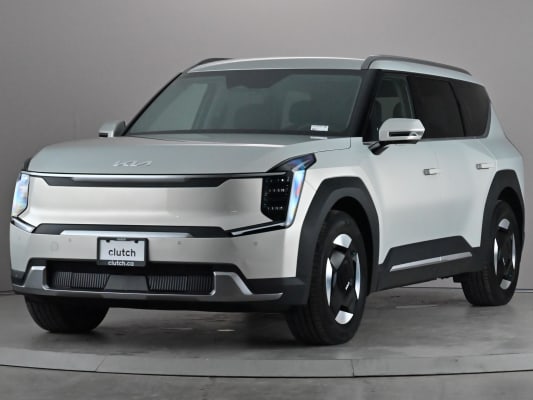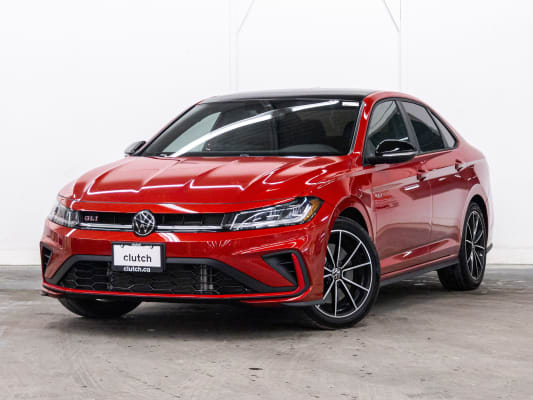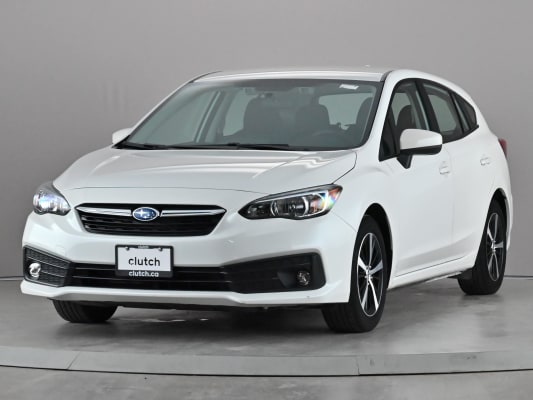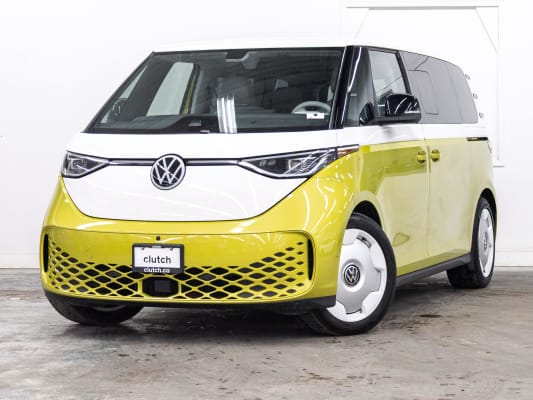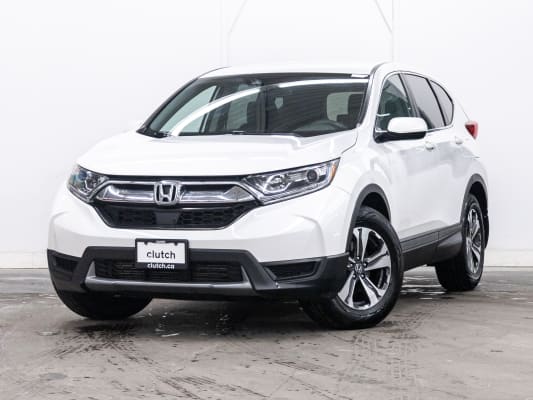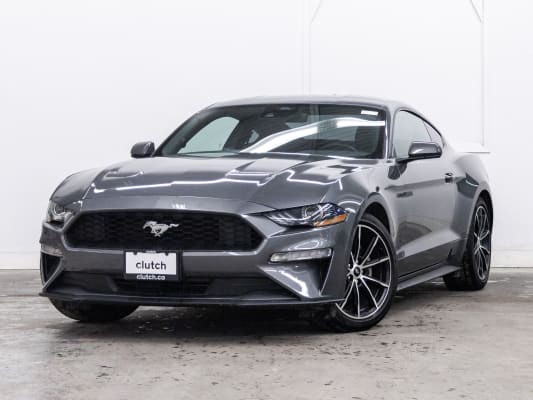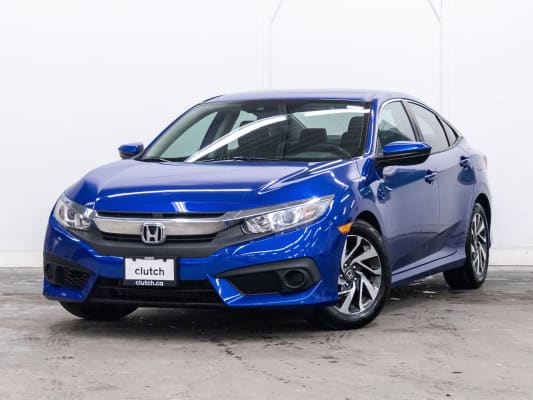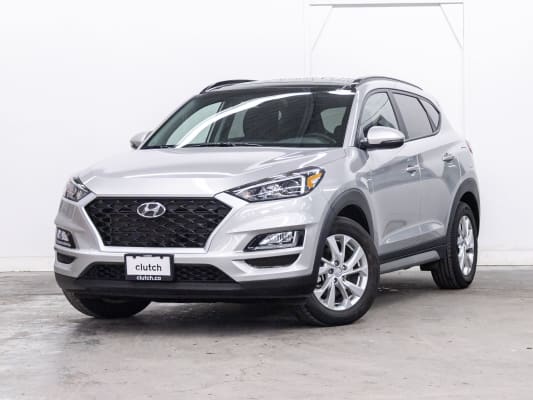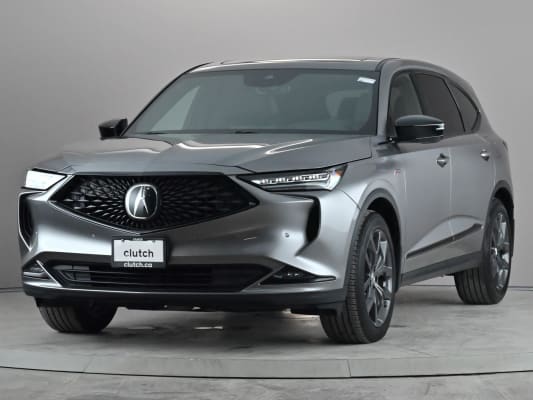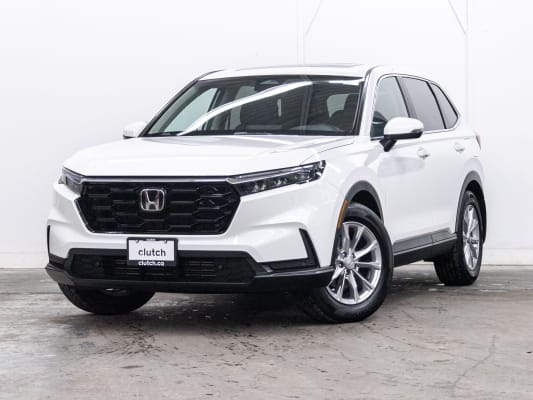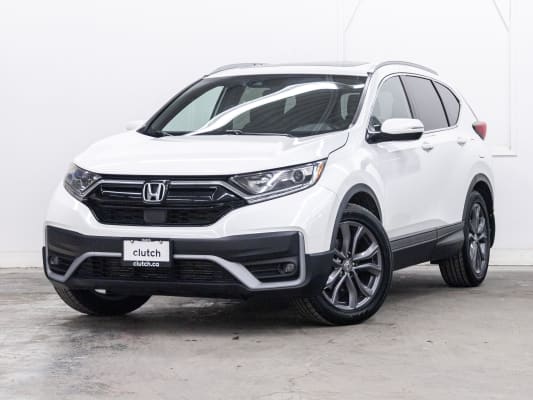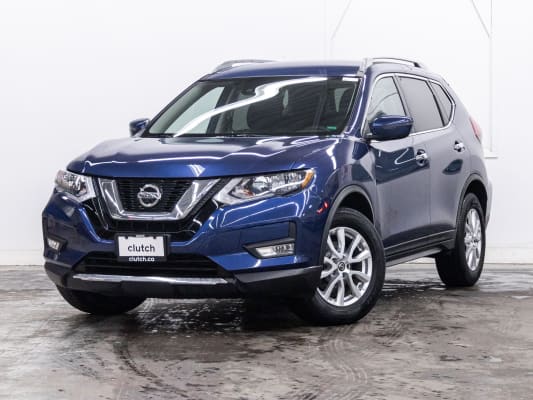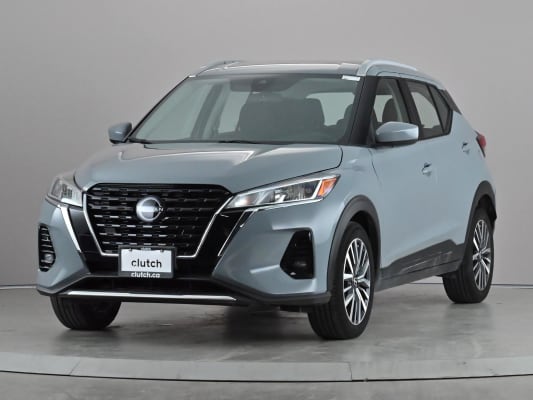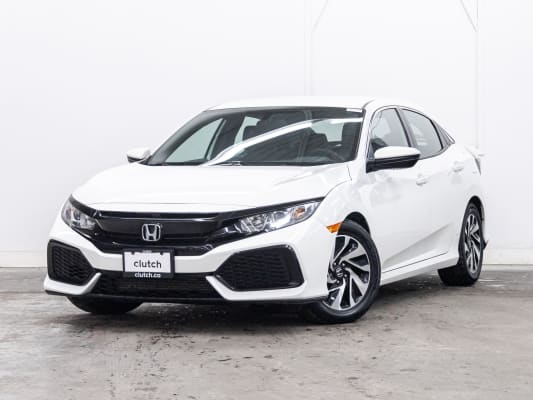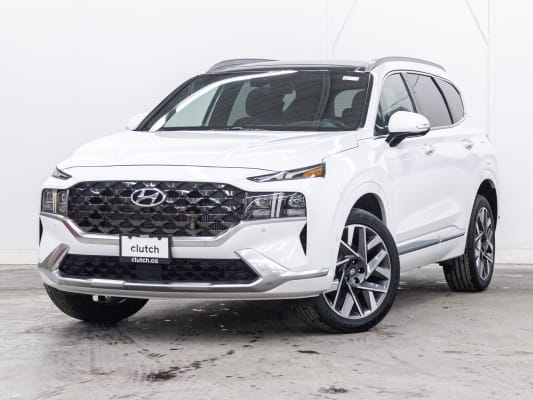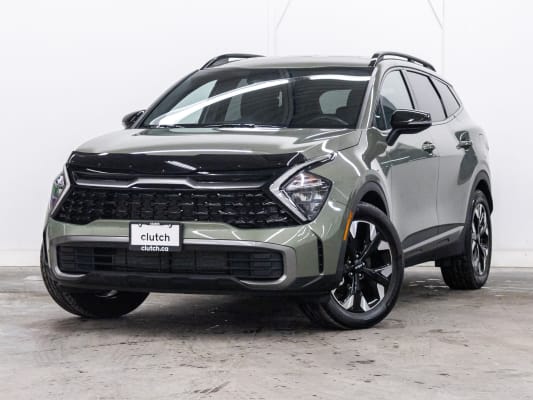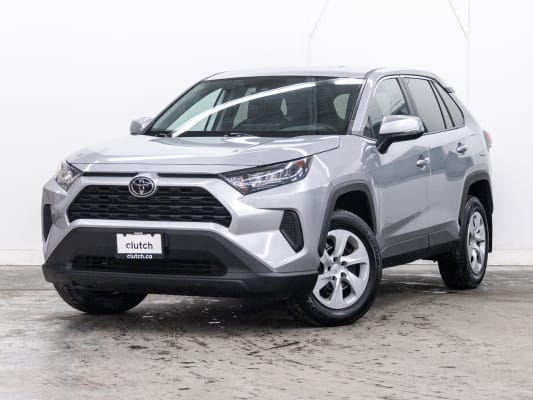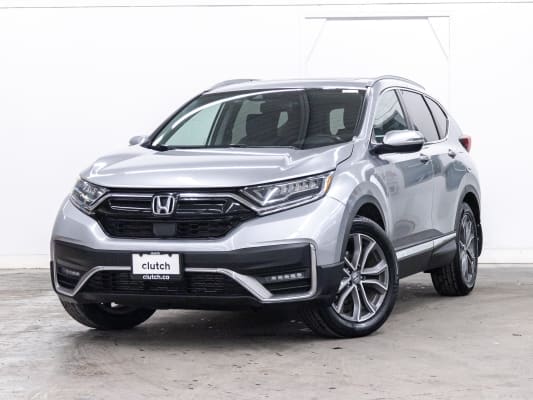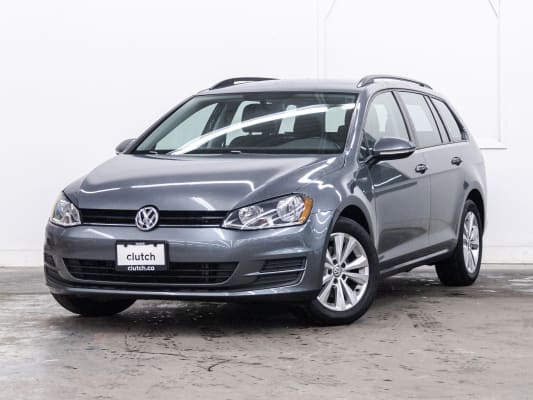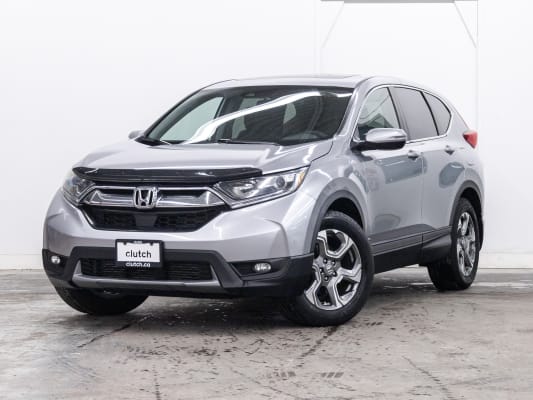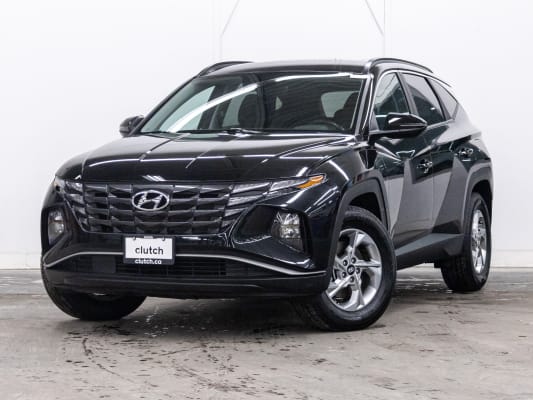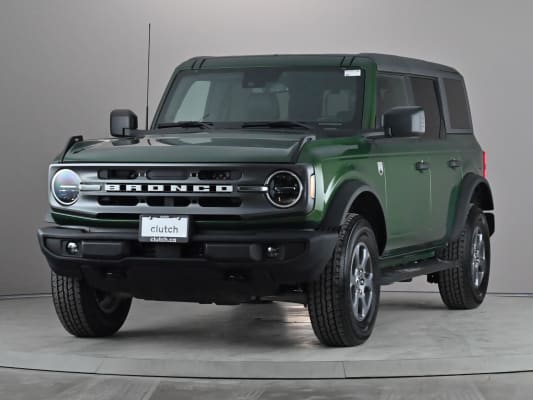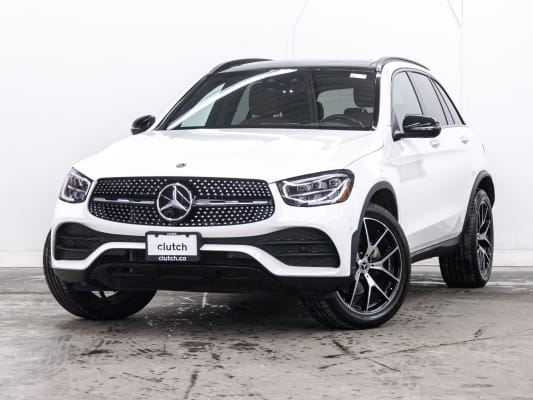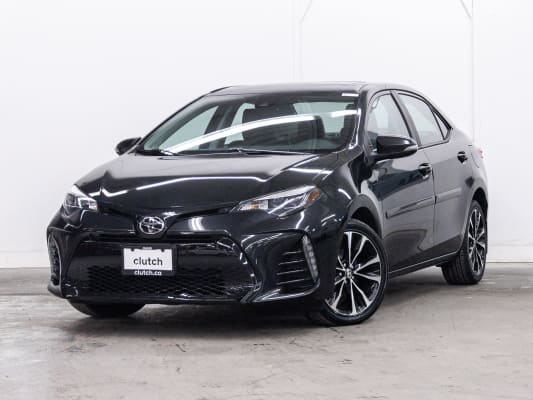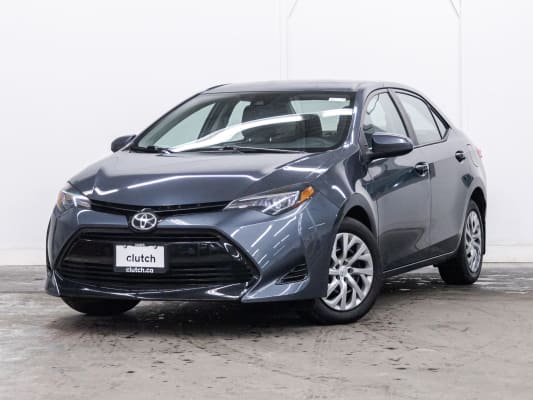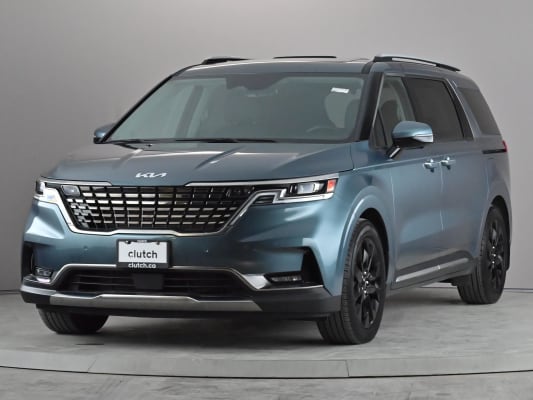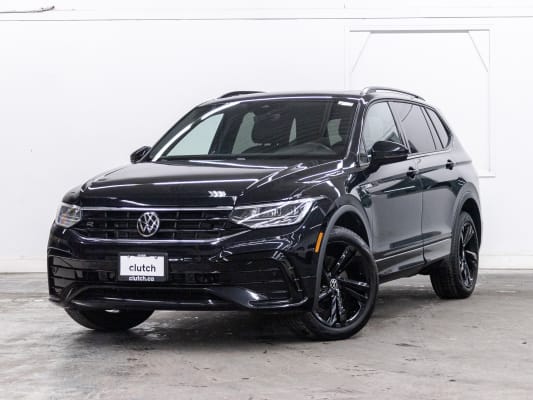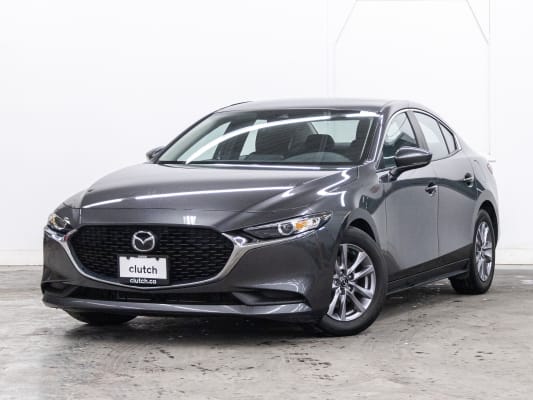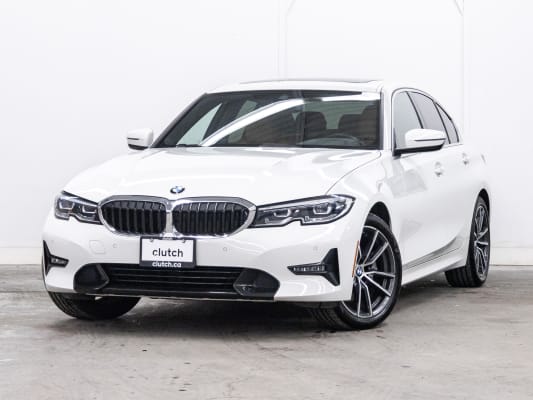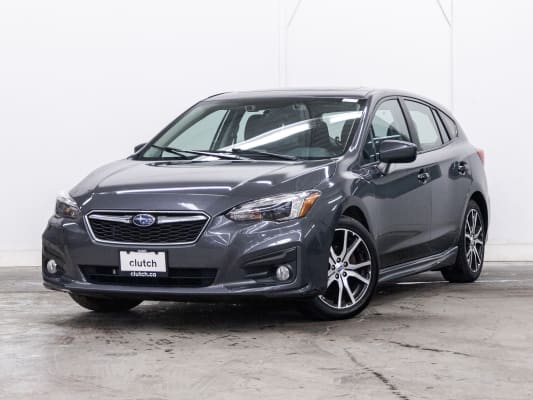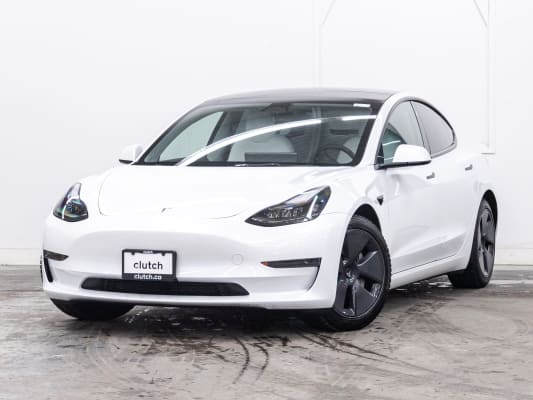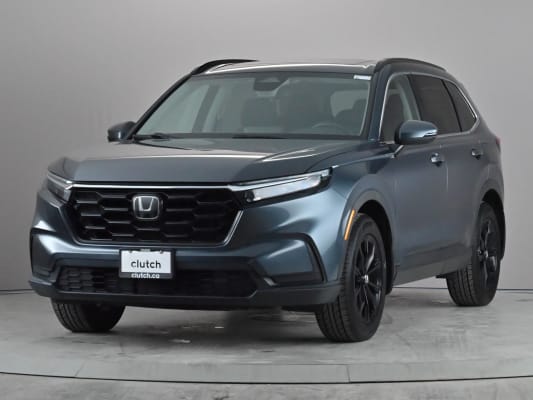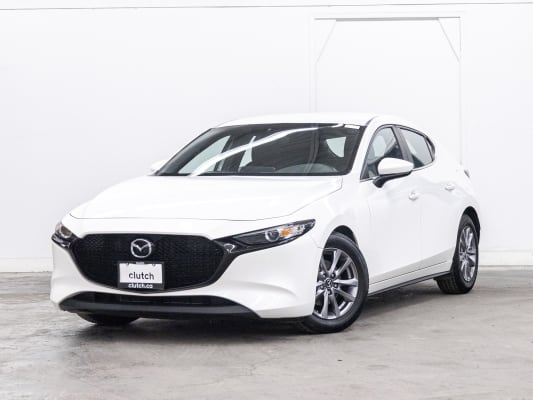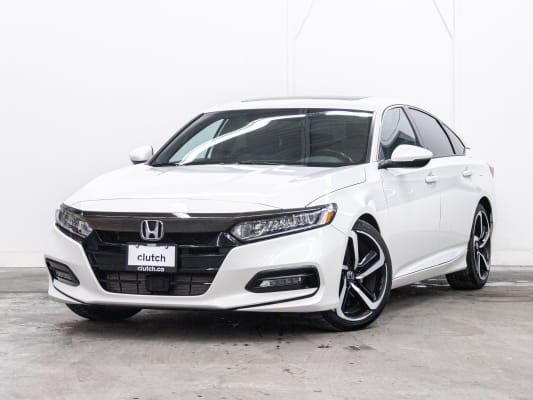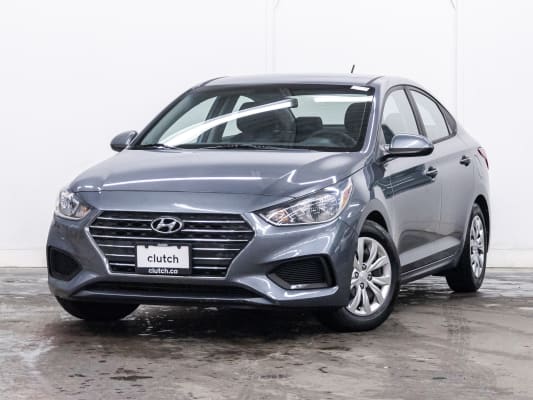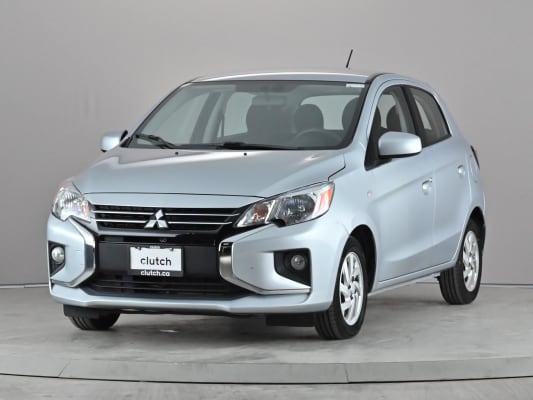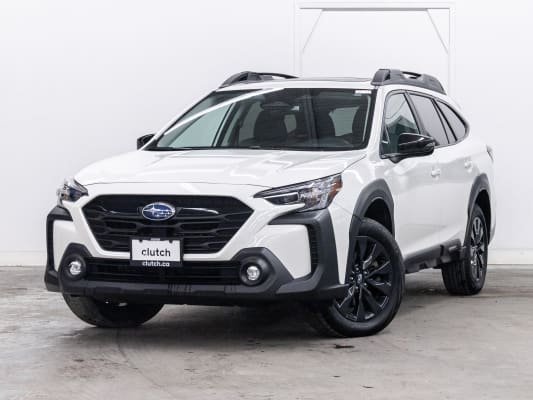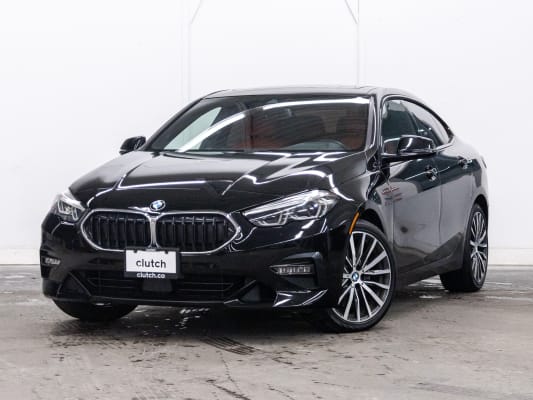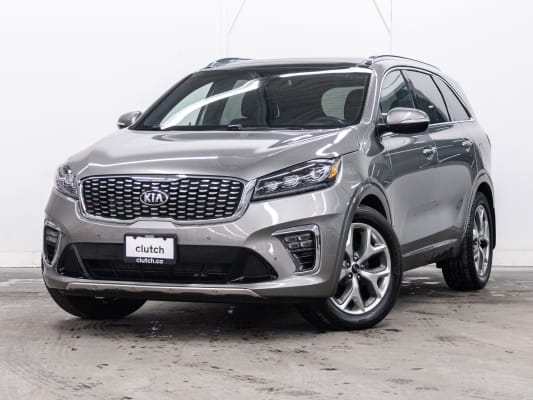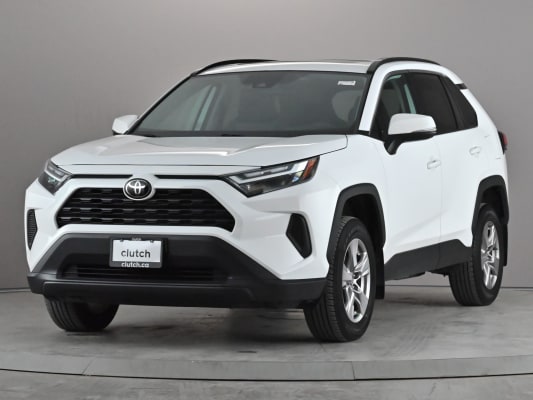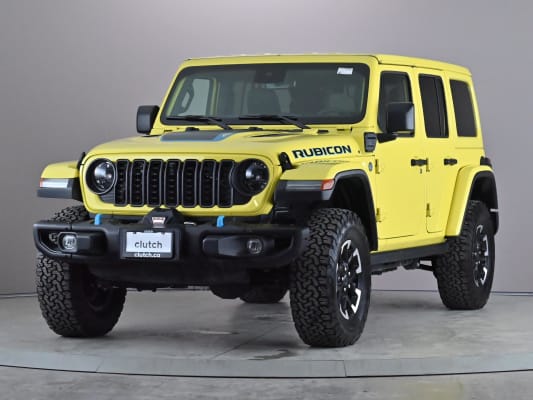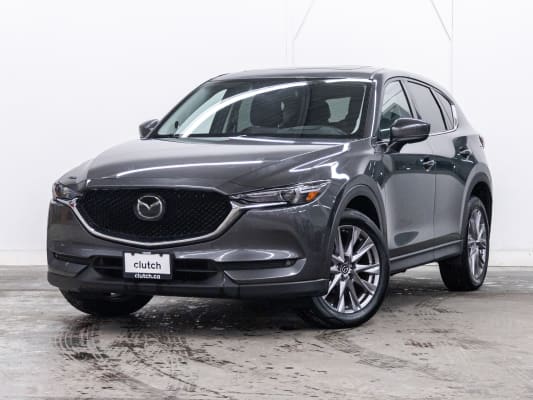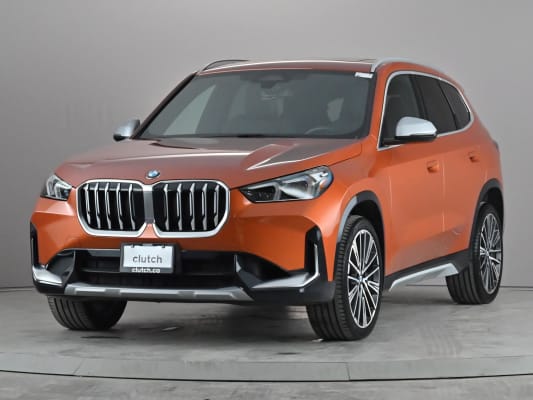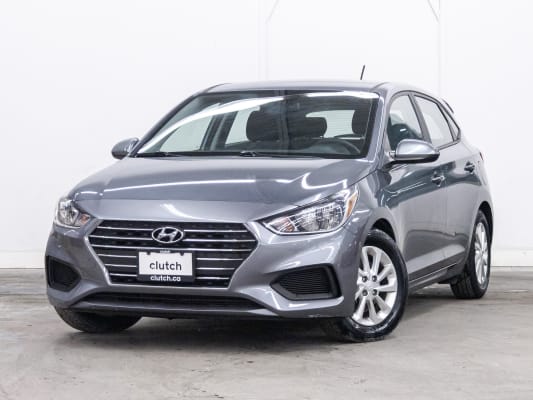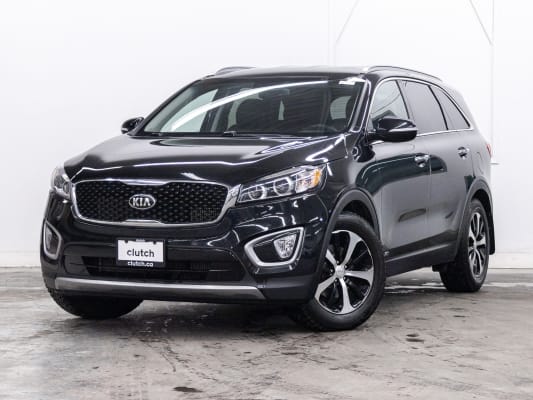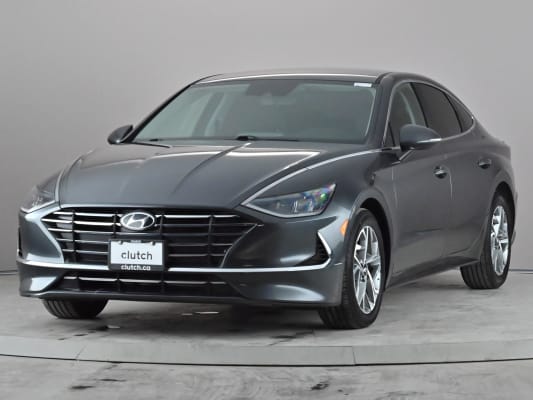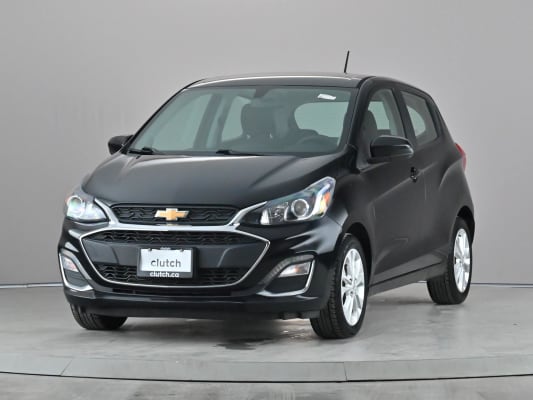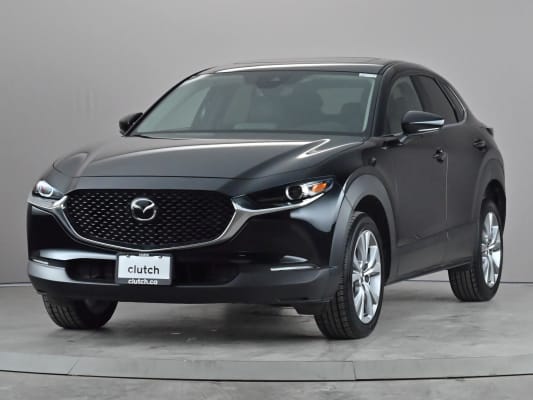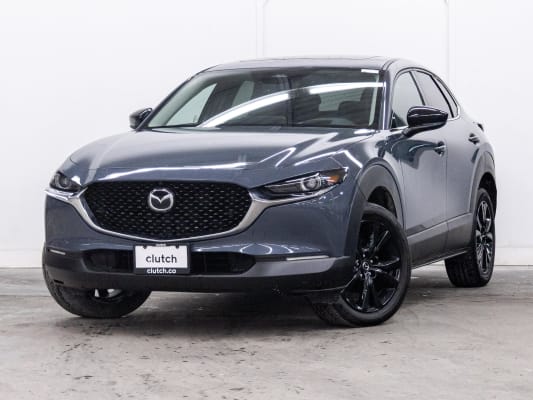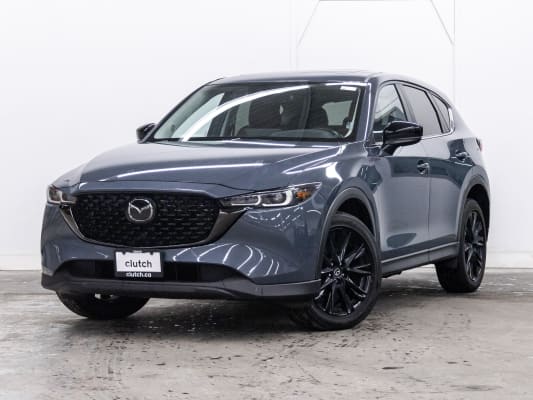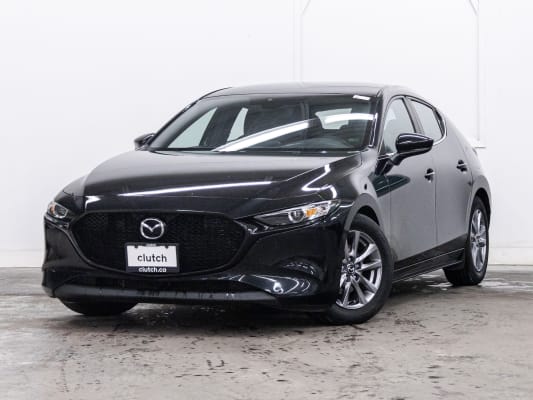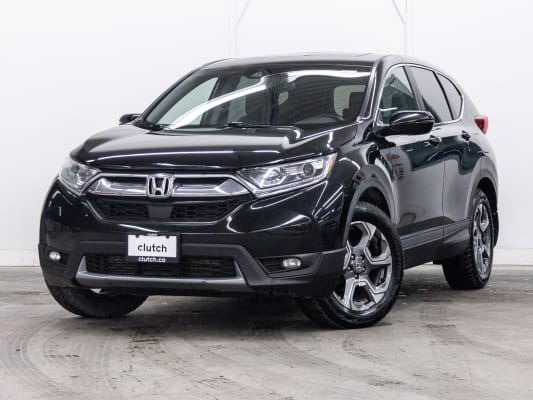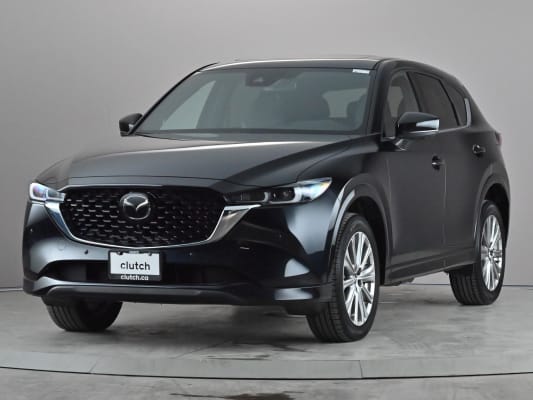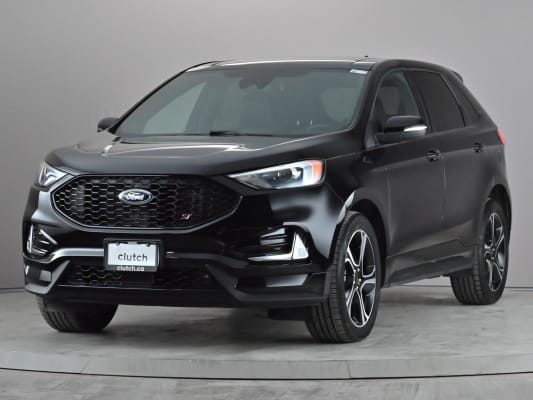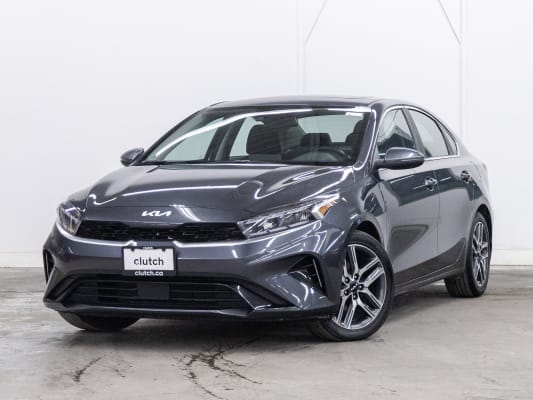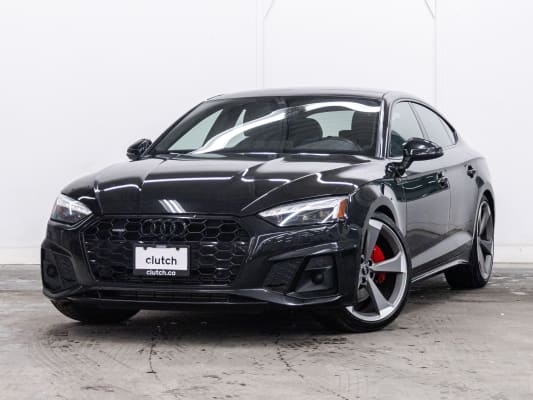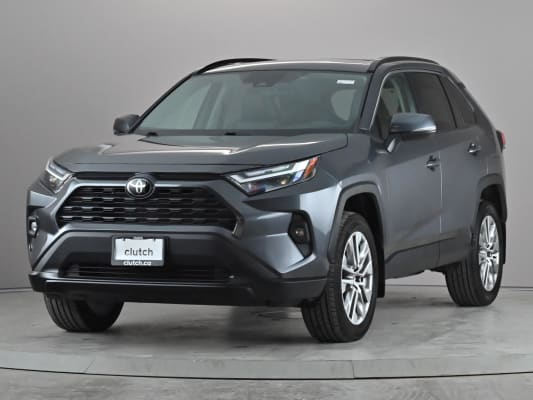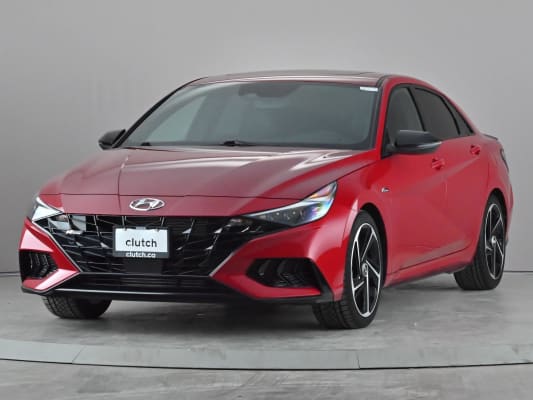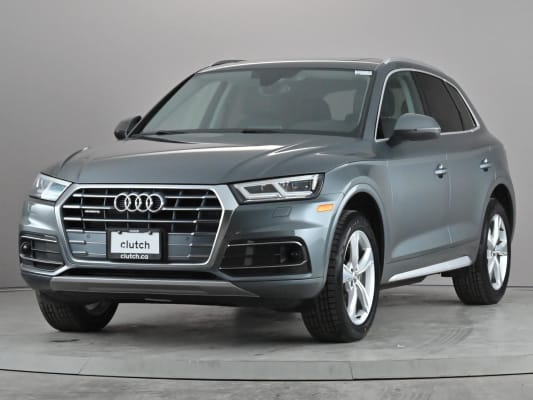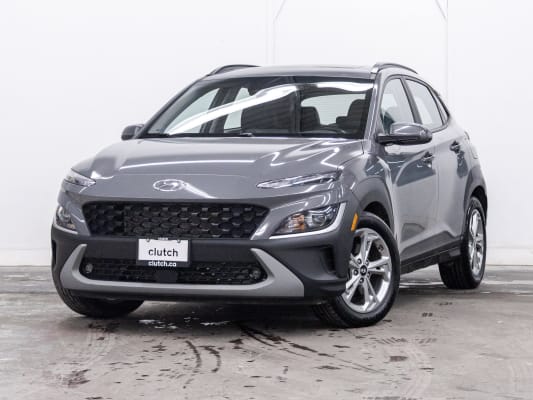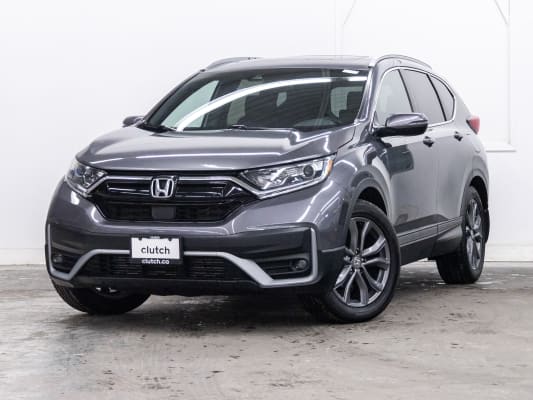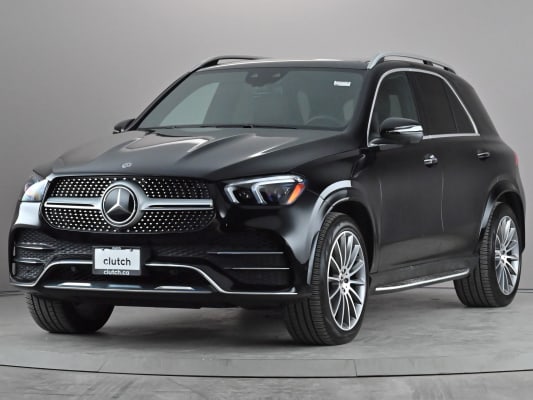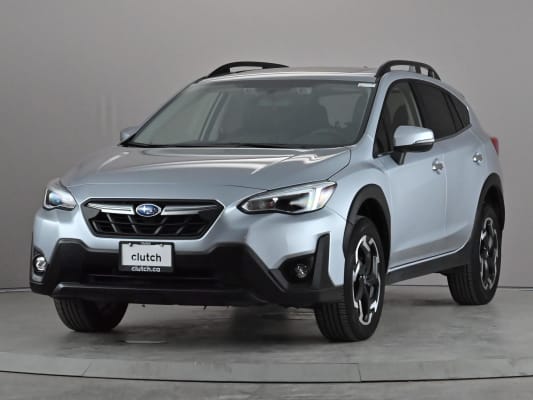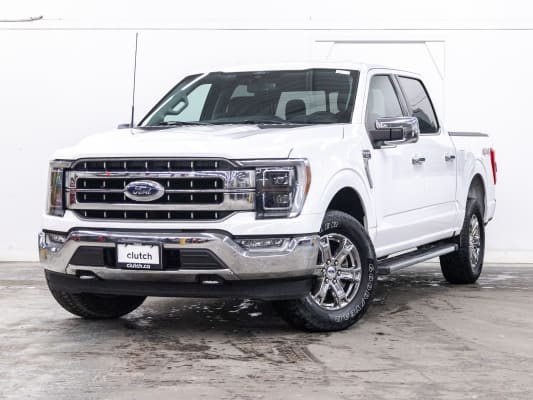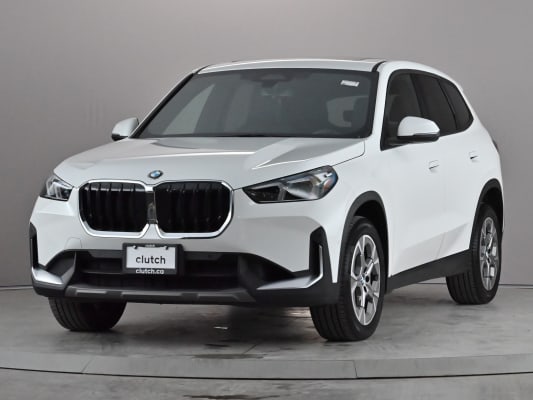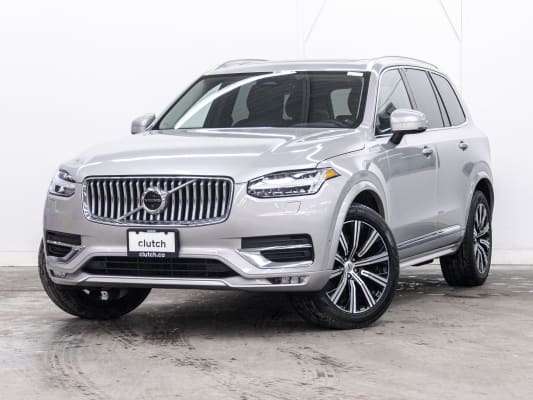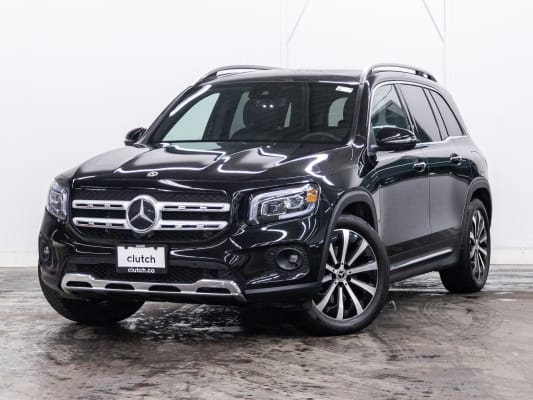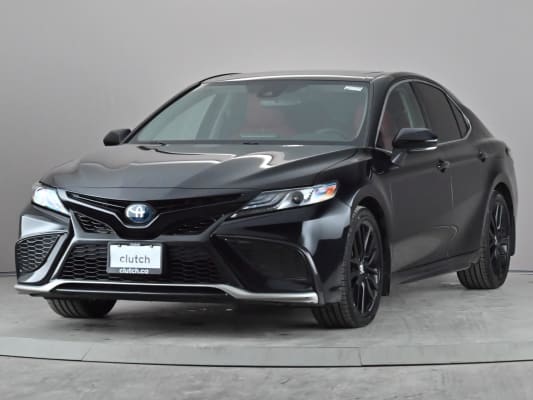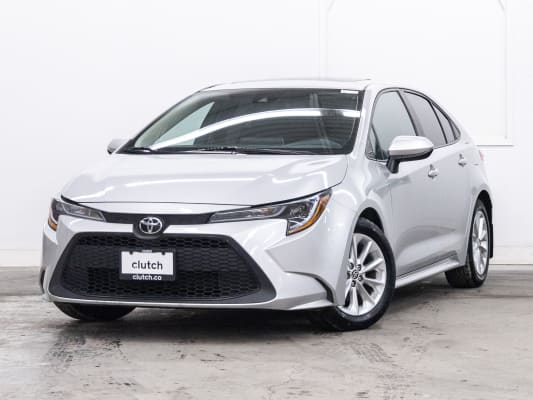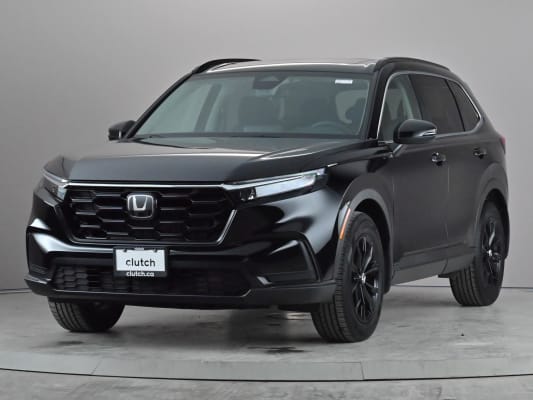Used vehicle prices reached a new high for 2025 in October, with the national average climbing to $34,352, up 0.48% month over month and 6.21% year over year. Hybrids and EVs each grew their share of sales, while the western provinces – led by Alberta and British Columbia – expanded their overall market share and posted higher average prices. At the same time, average prices rose SUVs and trucks, reinforcing the steady upward pressure on national averages. In contrast, prices on like-for-like models have actually been trending down. The increasing average selling prices are entirely driven by more expensive vehicles entering the market as Canadians continue to gravitate toward larger, higher-value, and increasingly electrified vehicles.
October’s pricing map highlighted the familiar East-West divide, with the higher-priced Western provinces pulling the national average upward. The region’s share of total sales increased from 34.2% in September to 34.9% in October, amplifying its influence on the national mix.
Across the West, average prices rose month over month in British Columbia, Alberta, and Saskatchewan, while Manitoba edged slightly lower. Alberta and BC – two of the country’s most truck-heavy markets – recorded notable monthly increases, reflecting both firmer transaction prices and growing sales of late-model pickups.
In contrast, eastern provinces saw average prices generally trend down month over month, while year-over-year prices are much higher than their western counterparts.
October extended the upward trend in national average selling prices, with the curve ticking up modestly after a more stable summer. The lift was driven by a combination of stronger truck activity in the West and growing EV penetration in the East – two trends that should continue into the fall and winter.
In Alberta, British Columbia, and Saskatchewan, both truck sales and transaction prices rose, amplifying their regional impact on the national average. Full-size pickups and higher-trim models carried most of the weight, adding momentum as colder-weather buying patterns began to take hold.
Meanwhile, EV growth in Ontario and Quebec reached new milestones, with EVs accounting for 3.5% of used sales in Ontario and 7.35% in Quebec – both all-time highs.
Electrified powertrains continued to expand their footprint in October, even as price changes stayed muted across the board. EVs hit a new record, climbing to 4.29% of used sales nationally, while hybrids held steady and gasoline vehicles maintained their majority share of the market.
Prices moved only slightly month over month, but the patterns diverged by region. Ontario and Quebec drove the EV gains, where newer and higher-priced entries like the Nissan ARIYA, Honda Prologue, and Volkswagen ID.Buzz hitting the used market in larger numbers. British Columbia, by contrast, saw EV prices ease, thanks to a greater share of mainstream models such as the Chevrolet Bolt and Nissan Leaf. In hybrids, the Prairies and Atlantic Canada logged small price dips, reflecting more affordable Toyota and Ford units entering the mix. Meanwhile, gasoline vehicle prices softened modestly nationwide, led by Ontario (-0.4%) and Alberta (-0.3%).
EVs
EV prices climbed 0.74% MoM and 2.15% YoY, reaching a new average of $42,047.
The month’s gain came entirely from composition effects – more premium vehicles entering the mix – while most individual EVs transacted for slightly less. The same theme holds year over year: what’s selling has become pricier, even as like-for-like prices have softened.
- Mix (up): +$438 MoM / +$4,925 YoY
Examples: Tesla Model Y, Kia EV9, and Cadillac Lyriq each grew their share of sales, tilting the basket toward the high end. - Within-model pricing (down): -$130 MoM / -$3,984 YoY
Examples: Tesla Model 3 and Ford Mustang Mach-E posted lower transaction prices, offsetting part of the mix lift.
EVs continue to feel “heavier” at the top – more luxury and crossover entries – even as those models sell for less than a year ago.
Hybrids
Hybrid ASPs slipped 0.23% MoM to $42,924, while rising 0.78% YoY.
Month to month, small price declines across popular models outweighed a flat mix profile. Year over year, hybrids’ mild gains came purely from a shift toward newer, higher-trim vehicles rather than true price appreciation.
- Mix (up): +0 MoM / +$2,032 YoY
Examples: Toyota RAV4 Hybrid and Lexus RX 450h gained share within the segment, raising the overall average. - Within-model pricing (down): -$116 MoM / -$1,699 YoY
Examples: Corolla Hybrid and CR-V Hybrid transacted for slightly less than last year.
In other words, hybrids “look” more expensive mainly because buyers are choosing richer trims and newer units, not because sellers are commanding more per model.
Gasoline
Gasoline vehicles edged down 0.37% MoM to $32,354, but remain 5.27% higher YoY.
The month’s softening came from slightly lower prices within key nameplates, partially offset by a stronger mix of higher-value vehicles. Over twelve months, both forces worked in the same direction to drive prices higher.
- Mix (up): +$251 MoM / +$1,288 YoY
Examples: Ford F-150, Toyota RAV4, and Chevrolet Silverado made up a larger share of the gasoline basket. - Within-model pricing (down): -$372 MoM / +$328 YoY
Examples: Compact SUVs like the Escape and Tucson softened month-to-month, while full-size trucks firmed YoY.
Gasoline continues to anchor the market’s overall ASP trend – steady, broad, and now carried by a truck- and SUV-heavy mix.
October’s body-style breakdown shows small national movements masking sharper provincial contrasts. Trucks once again led the pricing gains, rising in every province except Manitoba and Ontario, where averages dipped slightly. The strongest month-over-month increases came from British Columbia (+2.8%) and Atlantic Canada (+0.9%), where heavier pickup sales and firm prices on late-model F-150s and Silverados pulled the average higher. SUVs held relatively steady across most provinces – mild upticks in British Columbia and Quebec balanced out softer readings in Ontario and the Prairies – while cars slipped modestly in price in several regions despite year-over-year gains nearly everywhere.
The result is a market where composition continues to dominate: provinces with rising truck and SUV shares, such as BC and Quebec, are seeing sharper average price climbs, while others like Ontario reflect a flatter mix.
SUVs
SUV prices nudged upward in October, with the national average reaching $33,614, up 0.28% month over month (+$94) and 4.61% year over year (+$1,550). The movement came almost entirely from changes in vehicle mix opposed to price appreciation. The SUV market continues to gravitate toward mid- and upper-tier crossovers, lifting the segment average even as individual prices hold steady.
- Mix (up): +$194 MoM / +$1,572 YoY
The segment leaned richer, with models like the Toyota RAV4, Hyundai Tucson, and BMW X3 taking a greater share of sales and pulling the average higher. - Within-model pricing (down): -$100 MoM / -$23 YoY
Like-for-like prices eased slightly, especially among mainstream compacts such as the Mazda CX-5 and Honda CR-V, which transacted for marginally less than earlier in the year.
Cars
Car prices held steady in October, with the national average selling price at $24,632, down 0.28% month over month and up 4.81% year over year. Similar to SUVs, the lift from last year stems almost entirely from what Canadians are buying rather than higher per-model prices.
- Mix (up): +$719 MoM / +$1,711 YoY
The sales blend tilted toward better-equipped compacts like the Toyota Corolla and Honda Civic, while lower-priced sedans lost share, lifting the segment average even without broad price gains. - Within-model pricing (down): -$788 MoM / -$531 YoY
Transaction prices edged lower on several mainstream models, particularly among value trims of the Mazda3 and Hyundai Elantra.
Trucks
Trucks carried the month again, with the national ASP at $48,464, +0.31% MoM (+$150) and +7.01% YoY (+$3,402). The mix/within split shows a firmer foundation than cars and SUVs: composition helped, but within-model pricing did most of the YoY heavy lifting.
- Mix (up): +$183 MoM / +$1,162 YoY
A slightly richer blend month to month, and a meaningfully truck-heavier basket than last year. Full-size nameplates like Ford F-150, Chevrolet Silverado 1500, and GMC Sierra 1500 held more share, nudging the average up. - Within-model pricing (flat): -$33 MoM / +$2,240 YoY
Small monthly trims in a few half-tons were more than offset by broad YoY price strength across core pickups (e.g., F-150 and Ram 1500), consistent with the tight supply of late-model trucks.
October marked another month of modest improvement in affordability, with cars and SUVs seeing broader gains and trucks slipping slightly. The regional divide continues to narrow: Atlantic provinces remain the most affordable, but Western markets are closing the gap as older, lower-priced vehicles return to the mix.
Cars
Cars under $15k remain the most attainable band nationally, and that share ticked higher again in October. Gains were concentrated in the West, while the East cooled after a long run of strength.
- Alberta: +2.8 pp MoM – strongest rise; more older compacts transacting.
- British Columbia: +1.7 pp MoM – incremental improvement off a low base.
- Atlantic: -3.2 pp MoM – softer after months of leading the country.
- Quebec: steady around, still among the most affordable for cars.
SUVs
SUVs under $20k also improved in October at the national level, with a small but broad-based rise in affordable sales. Composition was similar to recent months – compact crossovers (Rogue, Escape, Tucson) continue to define the band.
- Atlantic: up slightly, retaining the highest SUV affordability.
- Ontario: -0.8 pp MoM, reflecting tighter supply in value compact SUVs.
- Saskatchewan: +0.9 pp MoM, helped by mid-trim crossovers returning to the mix.
Trucks
Trucks under $30k remain the tightest band. After improving in September, the affordable-truck share slipped slightly in October at the national level, with notable divergence under the surface.
- Manitoba: +3.3 pp MoM – the standout improvement this month.
- Atlantic: -1.0 pp MoM – continuing late-year softening.
- Alberta: -0.3 pp MoM – consistent with firmer pricing on late-model pickups.
The October leaderboard saw some subtle shifts and a crowded top three. The Honda Civic edged past the Ford F-150 to reclaim the top spot, though both held an identical 2.31% share of national used sales, which was also shared with the Honda CR-V. The Civic’s average price was steady (-0.16% MoM, +0.89% YoY), while the F-150 ticked higher (+0.44% MoM, +6.26% YoY).
The middle of the top ten reflects a broader return to trucks. GMC Sierra 1500 and Chevrolet Silverado 1500 each climbed three ranks, joining the Ram 1500 in re-establishing pickup strength. All three posted meaningful YoY price gains – +11.5%, +7.8%, and +7.6% respectively – helping lift the national average selling price.
Outside the top ten, a few models stood out. The Chevrolet Trax leapt twenty spots, driven by strong demand for its redesigned generation and a +13% YoY price increase. Compact sedans like the Toyota Corolla and Hyundai Elantra remained fixtures in the top 15, illustrating the enduring appeal of affordable vehicles even as larger, more expensive ones dominate market growth.
October’s affordable market stayed true to form, with the exception of a few key reshuffles.
Among cars, the Hyundai Elantra extended its commanding lead, selling more sub-$15k units than the Civic and Cruze combined. The Hyundai Accent made the most notable move – jumping two spots to fifth and replacing the Kia Forte.
In the SUV bracket, the Nissan Kicks climbed two ranks to enter the top five and displaced the Qashqai. The rest of the SUV lineup held firm, led by familiar value staples such as the Ford Escape, Hyundai Tucson, and Nissan Rogue.
Want a clearer picture of what you can afford? Try our Car Loan Calculator.
Final Thoughts and What to Expect Next
October continued the slow but steady upward drift in average selling prices, thanks largely to the all-time high in used EV sales and modest increase in share of sales to the pricier western provinces.
Looking ahead to winter, two familiar forces will likely keep pressure on the national average. First, seasonality – truck demand typically strengthens through late fall and winter as buyers lean into all-weather utility. Second, electrified growth – EVs and hybrids are expected to keep inching upward in share, especially as used EV supply deepens in Ontario and Quebec.
Meanwhile, the federal EV mandate review remains a key wildcard. The results, expected in the coming weeks, could reshape how automakers allocate EV supply and influence the pace at which new EVs enter the used market. If the mandate resumes in some form, it could accelerate the current trend of greater EV availability – and, by extension, improve affordability within the segment.
All told, the coming months should see a continued mix-driven rise in average selling prices rather than across-the-board inflation. Trucks, EVs, and hybrids will keep setting the tone, while affordability will hinge on how those higher-value segments evolve once the policy picture clears.
{{widget-1}}

About This Data
This report is based on Clutch’s internal data, collected from retail vehicle sales reported across Canada. The analysis includes vehicles that meet the following criteria:
- Model year 2015 or newer
- Less than 200,000 km at the time of sale
- Sold vehicles only
References to “cars” include both sedans and hatchbacks, while SUVs and trucks are categorized separately. This segmentation helps reflect real-world buyer preferences across different body styles.
While the dataset covers a large national sample, pricing in smaller provinces or regions with lower sales volume may be influenced by individual outliers. This can lead to greater month-over-month fluctuations in certain areas compared to larger markets like Ontario, Quebec, and British Columbia.
The figures presented reflect average asking prices at the time of sale and are designed to provide an accurate snapshot of current market trends.

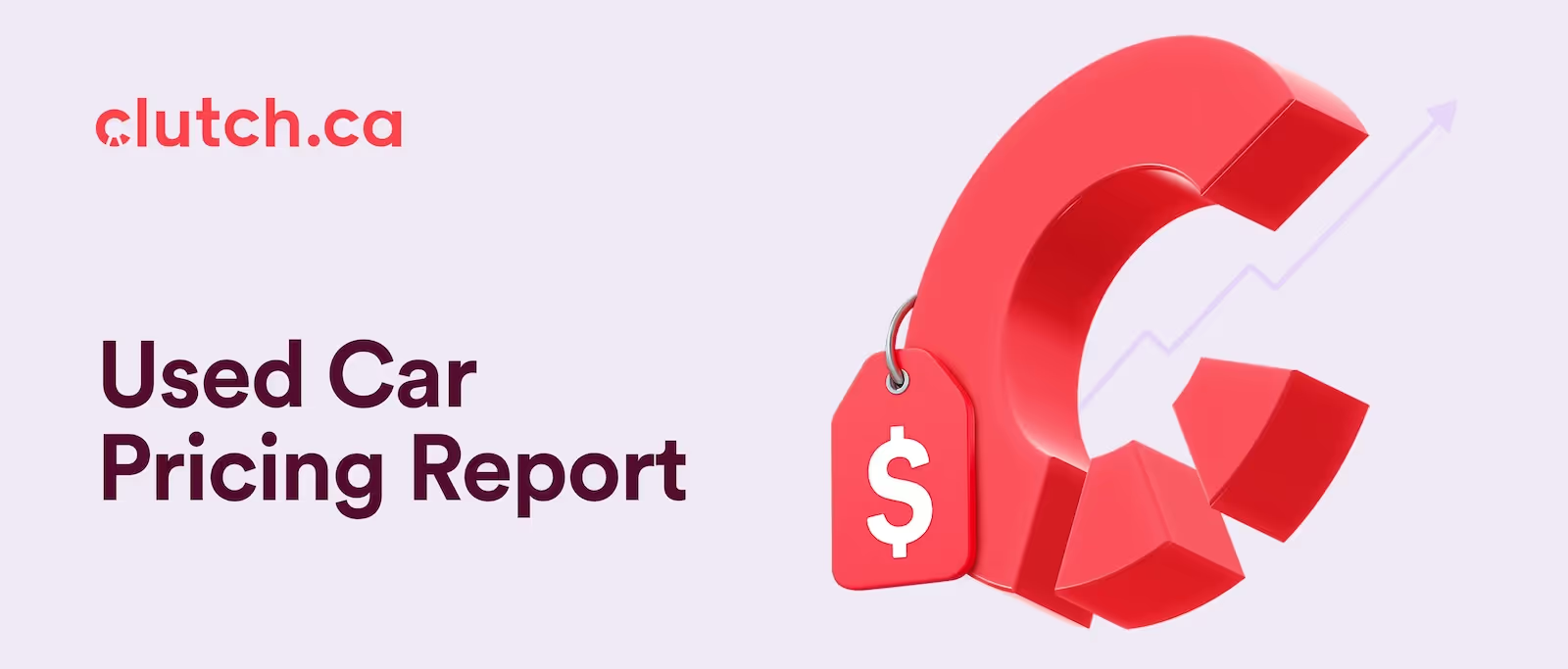


.avif)
-02.avif)


